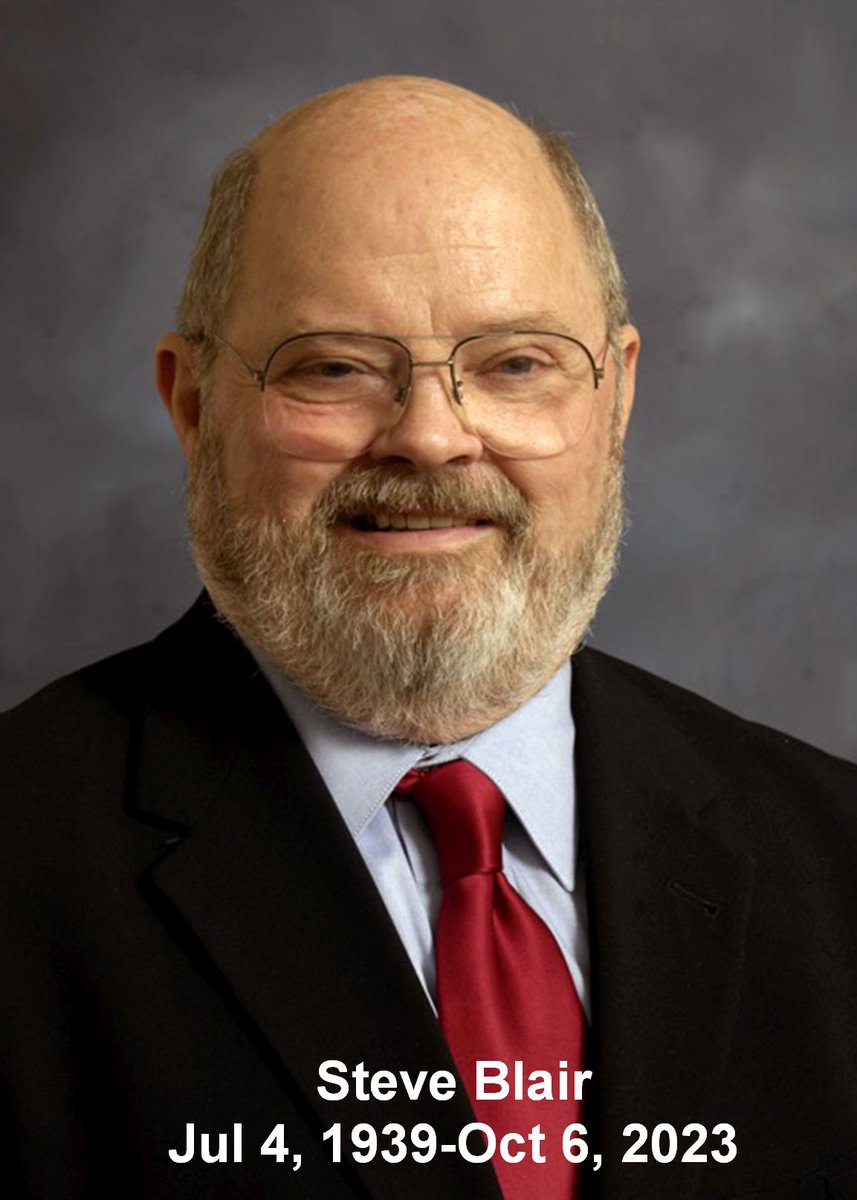Something remarkable, from several angles, happened yesterday. The @US_FDA approved aducanumab for the treatment of Alzheimer’s disease, the first such approval in almost 20 years! This decision is a major blow to Evidence-Based Medicine and introduces new standards. A thread...
As many of you know, besides brain atrophy, there are two microscopic biomarkers of Alzheimer's disease: (a) plaques made up of β amyloid and (b) tangles make up of another protein called τ. These can be detected in cerebral spinal fluid through a spinal tap or via PET imaging.
It is now recognized that initially β and subsequently τ accumulate in the brain several years before the first appearance of behavioral symptoms (e.g., memory loss). 

This has made it clear that beginning interventions with patients after an Alzheimer's diagnosis based on traditional behavioral criteria may be futile since the disease has progressed, likely beyond atrophy. 

Therefore, the emerging trend in intervention research is to focus on patients with known genetic high risk or patients found through PET to have elevated β or τ but have not yet exhibited behavioral symptoms.
Given the link between Alzheimer's Disease and β/τ accumulation, the first suspected pathophysiological mechanism was that amyloid, in particular, was not just a biomarker but also a causal agent. Since 1992, this "amyloid cascade hypothesis" became the basis of drug development. 

If you've been paying attention, the financial papers report on "breakthrough" or "miracle" drugs for the treatment of Alzheimer's every few months. All of these drugs fail by the time they reach Phase III clinical trials because they are found to be either ineffective or toxic. 



Along with other neurodegenerative diseases that have proven impossible to "crack" (e.g., Parkinson's), Alzheimer's started developing a reputation as a "money pit," consuming vast R&D resources but leading to an abysmal regulatory approval rate (just about 0%). 

Considering that most pharmaceutical companies do not conduct any meaningful R&D, and those that do invest considerably less in R&D than in marketing, the failures (i.e., zero return on investment) were extremely consequential. 







The larger companies persevered only due to the hope that some compound will eventually "work." But none did (perhaps partly because of the fact that most trials recruited patients with already-diagnosed Alzheimer's Disease and, therefore, too far along in the disease process). 







In essence, the "amyloid cascade hypothesis" became "too big to fail." It had consumed so many resources that it was deemed too expensive to abandon it and start over, even though scientists started realizing that they had been barking up the wrong tree. 

The extremely unfortunate result of this situation is that major pharmaceutical companies, with a large enough budget to conduct any meaningful R&D, started pulling out of the "race" to find a treatment for Alzheimer's despite the enormous potential payoff (estimated as > $11bn). 

The news of Big Pharma pulling out of the Alzheimer's race meant (a) an admission that the amyloid cascade hypothesis is probably a dead end, and (b) only federal/academic research remains. The lack of hope increased the pressure from patient organizations on the @US_FDA.
Enter aducanumab by Biogen. The company "read" the political climate very well. Political appointees had a strong desire to claim a breakthrough against a deadly disease and the pharmaceutical industry needed a friendly "wink and a nod" to continue to invest in R&D.
Biogen organized two identical Phase III trials (ENGAGE and EMERGE) involving patients with MCI and PET scans positive for β amyloid. Both trials were halted halfway through their 18-month run due to "futility" (i.e., there was no indication that either would meet its endpoint). 

What happened after this point does not differ in its essence from a Master's student "slicing and dicing" the data, trying desperately to find a p < .05, to impress her/his committee. Except that, in this case, the stakes are in the billions of dollars and lives are on the line.
After the initial announcement that the trials had failed, Biogen conducted post hoc subgroup analyses, and found that, while one trial (ENGAGE) showed no benefit, there was benefit in a subsample (participants receiving higher doses of aducanumab) in the EMERGE trial. 

This was a test of whether the "system" of Evidence-Based Medicine is working, even in a politically challenging environment. Could the panel overlook the political and economic pressures and uphold fundamental principles of research integrity? Well, the answer, sadly, was no. 

Many expressed disbelief because the FDA, by and large, has been a trusted institution in the United States. Now, we will all have to overcome our initial surprise and adjust our future expectation.
nature.com/articles/d4158…
nature.com/articles/d4158…
The same adjustment of expectation will also have to be applied to the Alzheimer's Association, which "celebrated" the approval, only for critics to quickly point out that Biogen is one of the highest financial sponsors of the Association. alz.org/get-involved-n…
On the other hand, kudos to the @AmerGeriatrics, which submitted a serious, evidence-based letter to the @us_fda, urging the panel to focus on the evidence (or lack thereof). The letter, in my view, represents excellent teaching material.
americangeriatrics.org/sites/default/…
americangeriatrics.org/sites/default/…
Alas, no urging from cautious voices proved enough. The FDA granted "accelerated approval" for aducanumab, "the first treatment directed at the underlying pathophysiology of Alzheimer’s disease, the presence of amyloid beta plaques in the brain."
fda.gov/drugs/news-eve…
fda.gov/drugs/news-eve…
@threadreaderapp unroll
• • •
Missing some Tweet in this thread? You can try to
force a refresh






















